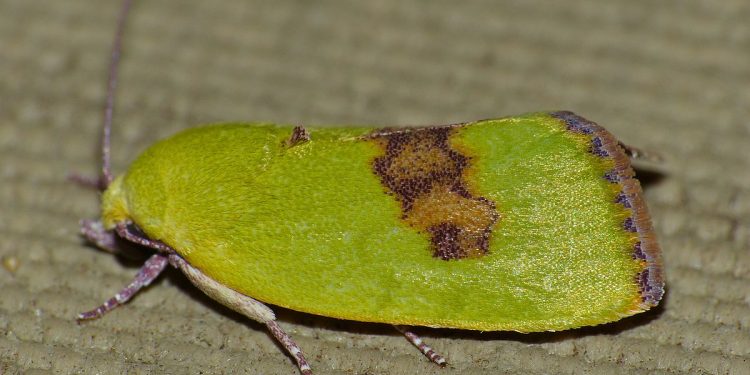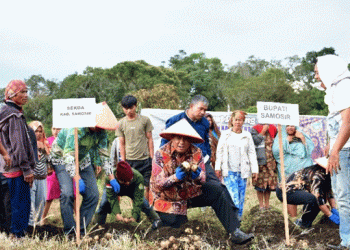#EariasVittella #SpinyBollworm #AgriculturalPest #IntegratedPestManagement #CropProtection
The Spiny Bollworm, also known as Earias vittella, is a significant agricultural pest that attacks a wide range of crops, including cotton, okra, soybean, and pigeon pea. The infestation of Earias vittella larvae can cause severe economic losses to farmers, reducing yields and affecting the quality of crops. To combat this pest, farmers must implement various control strategies, including cultural, biological, and chemical methods.
Cultural control methods involve practices such as crop rotation, intercropping, and the use of trap crops. These methods can help to reduce the population of Spiny Bollworm by disrupting their life cycle and providing an unfavorable environment for their development. Biological control methods involve the use of natural enemies, such as parasitoids and predators, to suppress the pest population. Chemical control methods involve the use of pesticides, which are effective in controlling Spiny Bollworm infestations but must be used with caution due to their potential environmental and health risks.
The development of effective control strategies for Earias vittella is crucial to ensure sustainable agriculture and food security. Failure to control the pest can result in significant yield losses, increased production costs, and the potential spread of infestation to neighboring farms. Therefore, farmers and researchers must work together to develop integrated pest management strategies that combine different control methods to achieve effective and sustainable pest control.
In conclusion, Earias vittella is a significant agricultural pest that can cause severe damage to crops. Farmers must implement various control strategies to combat the pest, including cultural, biological, and chemical methods. Developing effective control strategies for Earias vittella is crucial for sustainable agriculture and food security.








